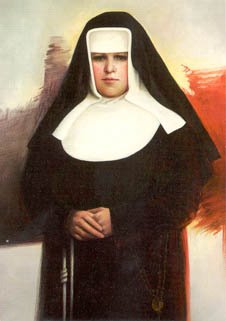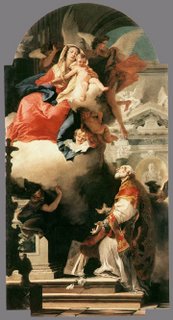
Scotland has a robust history of feuds between different clans and also a vicarious relationship with its neighbour England.
In between the different feuding clans King Kenneth I of Scotland was able to keep the country united as an independent kingdom from 843 onwards.
Donald III became King of Scotland in 1093 upon the death of Malcolm III, he ruled the land with Edmund I who was his nephew. This was to bring forth a power struggle as the son of Malcolm III, Duncan II fought to take the throne for himself in his attempt to depose King Donald III and Edmund I.
This drive for power from Duncan II who was being helped by English troops would lead to his death as both Donald III and Edmund I rose up against him and the invading English troops abandoned Duncan II to his fate.
As both Donald III and Edmund I retook Scotland it was decided that Donald III would rule over the north of Scotland while Edmund l ruled over the south. This agreement lasted until 1097 when King Edgar deposed both leaders with the help of English troops.
But it was in 1043 that a young woman would be born to a noble family, her father being Prince Edward son of Edmund Ironside, and her mother Agatha who may have been related to Emperor Henry III.
Margaret was to begin her life in Hungary where she was taught the Faith and garnered a love and devotion towards God and Church. But it was at the age of twelve that Margaret with her family traveled to England to be at the side of her uncle Edward the Confessor.
But upon his death Margaret’s Mother, Agatha decided to take her children and return to Europe as the situation in England became destabilized.
It was during this journey, that a heavy storm shipwrecked them as they made it ashore in Scotland and sought out the protection of King Malcolm Canmore.
King Malcolm had spent many lonely years upon the death of his first wife, and upon seeing Margaret he fell in love with her great beauty but also her virtuous nature. As King Malcolm had spent many years protecting his kingdom and his throne this led to a roughening of his own nature.
Margaret would be a soothing presence to this garrulous natured man who also longed to live a virtuous and noble life. Margaret’s influence on her robust natured husband would be great, as she gentled his rough edges with her finesse and sensitive heart.
Though Malcolm was not as well educated as his loving wife, he admired her generous nature and loving spirit and tried his hardest to emulate this beautiful wife of his. Their love would produce eight children one of whom would be Edmund who would go onto rule Scotland as King Edmund I alongside Donald III.
The love shared between Margaret and Malcolm was more than just physical as Margaret led Malcolm to love God and country but to also practice good works to those less fortunate. As Margaret with the approval of her husband built and restored many Churches and took great care of the sacred relics found within. Both Margaret and Malcolm would visit the shrine of Saint Andrew, and they would also provide the less fortunate an opportunity to visit this sacred site offering them free accommodation.
Margaret’s influence upon her rather uncivilized husband was one of the greatest acts of love by a wife to her husband in that she never belittled him for his uncouthness. But rather she helped Malcolm to understand and to also embrace a love of God over and above everything. And upon witnessing for himself his wife’s deep humility and docility, Malcolm came to embrace the Faith as deeply as Margaret herself.
With King Malcolm’s help Margaret tried her best to reform the Church in Scotland so that it be in alignment with Rome, and helped to buy vestments, chalices and other items required to hold Mass. She also formed a deep friendship with Prior Turgot who was her confessor, through his influence Margaret led a life of deep prayer and of generous alms giving to the poor.
Her prayer life would pay many dividends and great Blessings as her husband converted to the Faith and her offspring would also go onto practice virtuous lives, most especially her daughter Maude, who would become known as 'Good Queen Maude'.
Unfortunately for Margaret both her beloved husband, Malcolm and their son Edward would be killed by the British in 1093. Upon hearing this dreadful news Margaret’s heart would break for she had loved her husband dearly and his loss was too great for her to bear, she died four days later.
Queen Margaret died in 1093.
Saint Margaret was canonized in 1251 by Pope Innocent IV.
Peace of Christ to ALL
Copyright © 2005 Marie Smith. All rights reserved.

